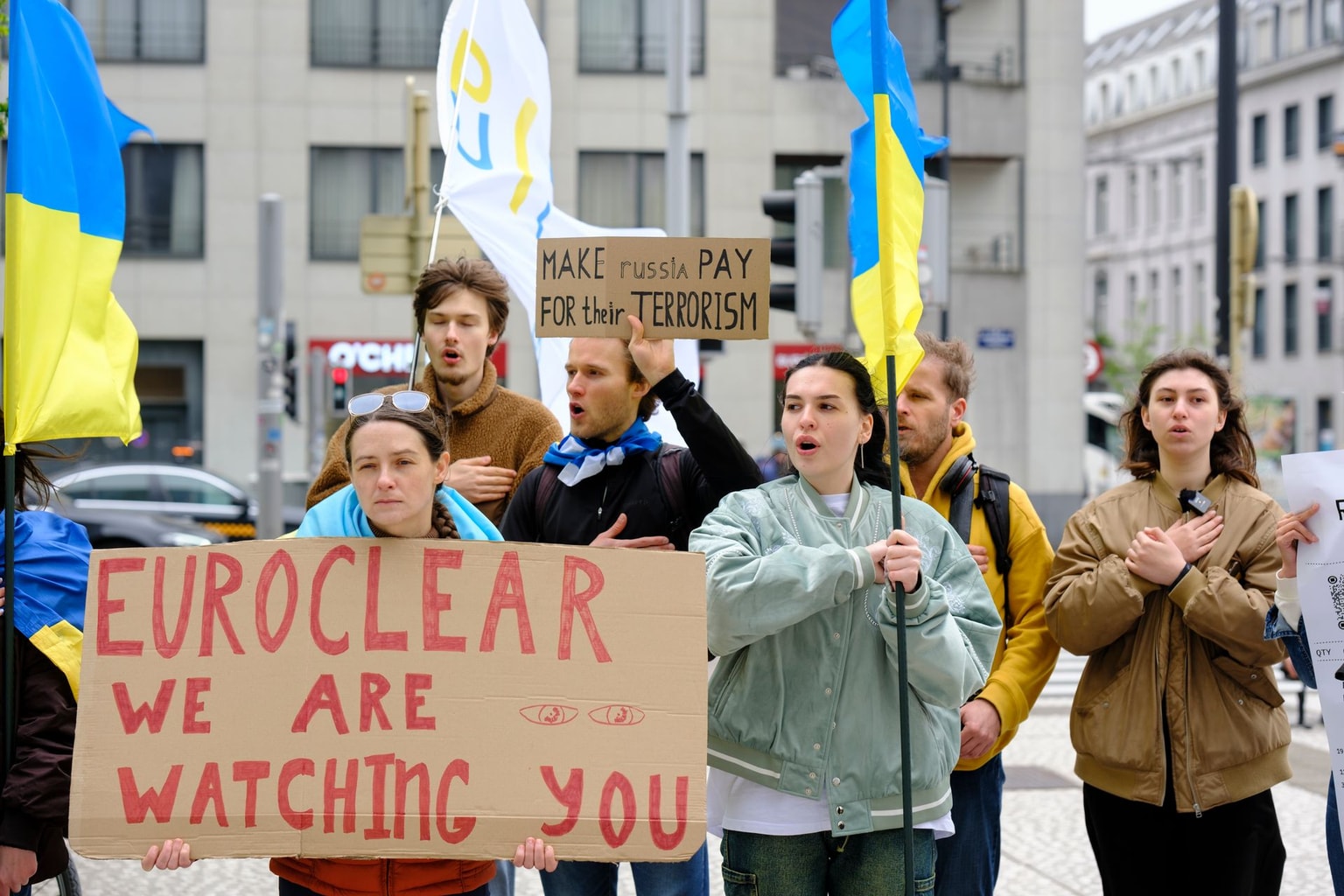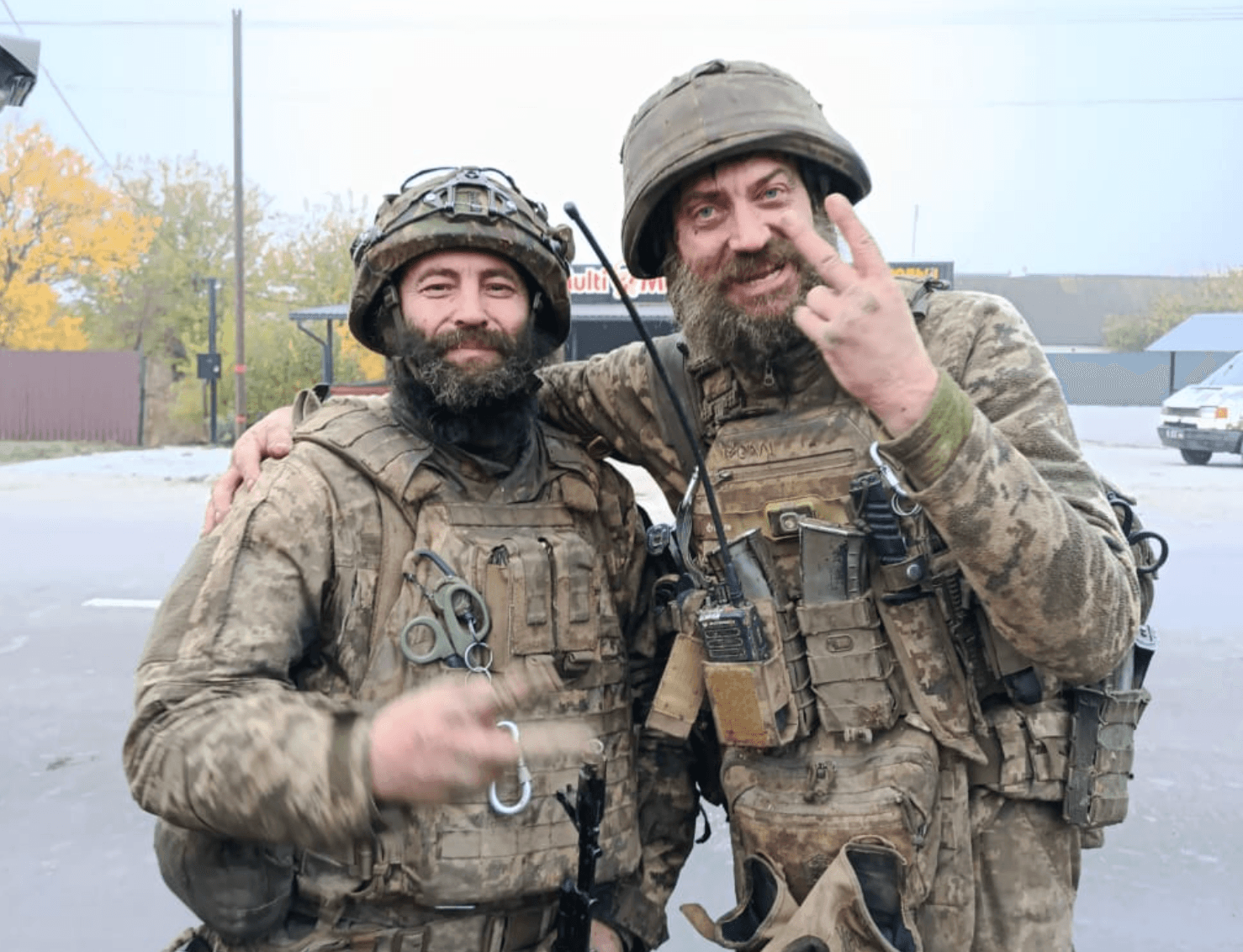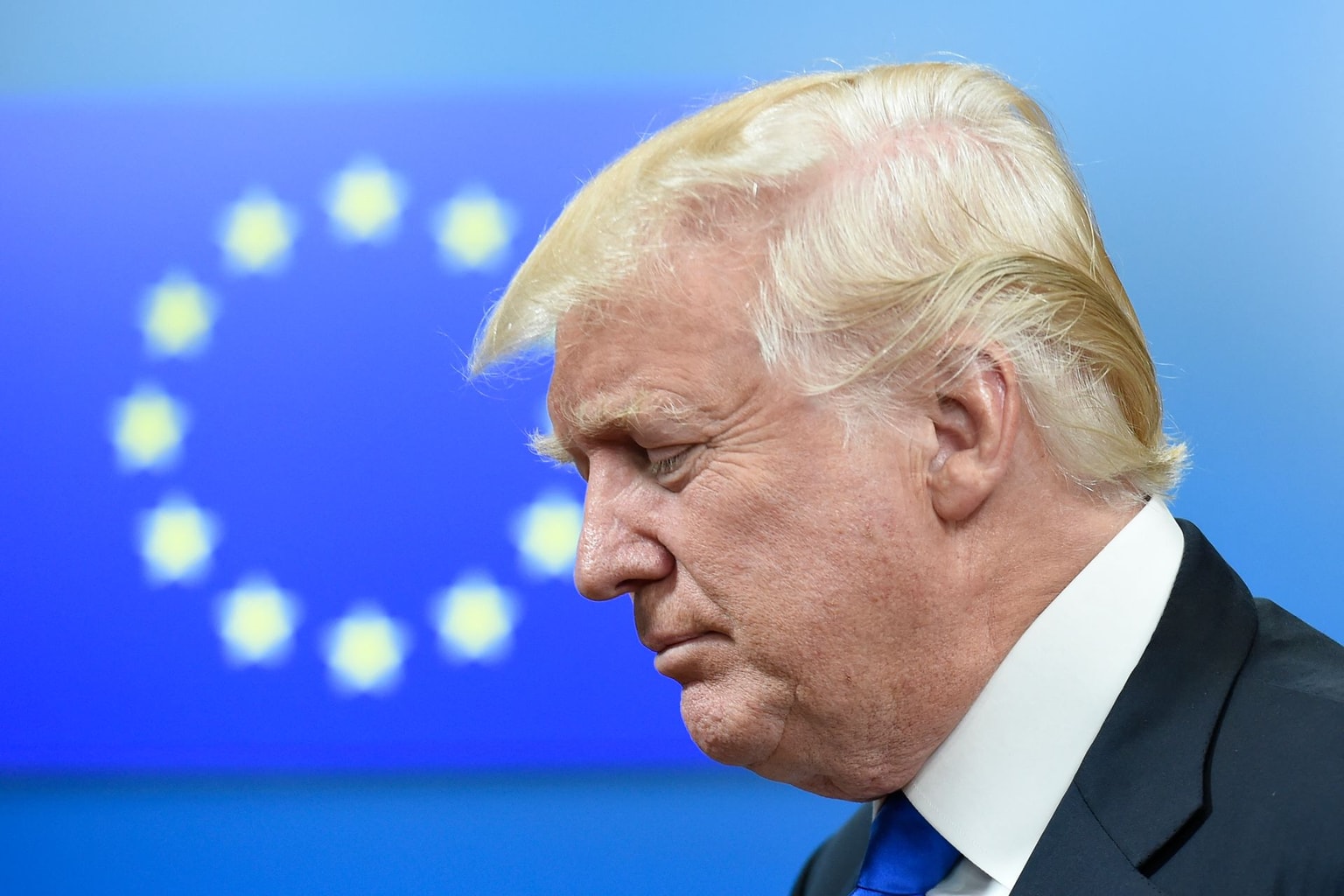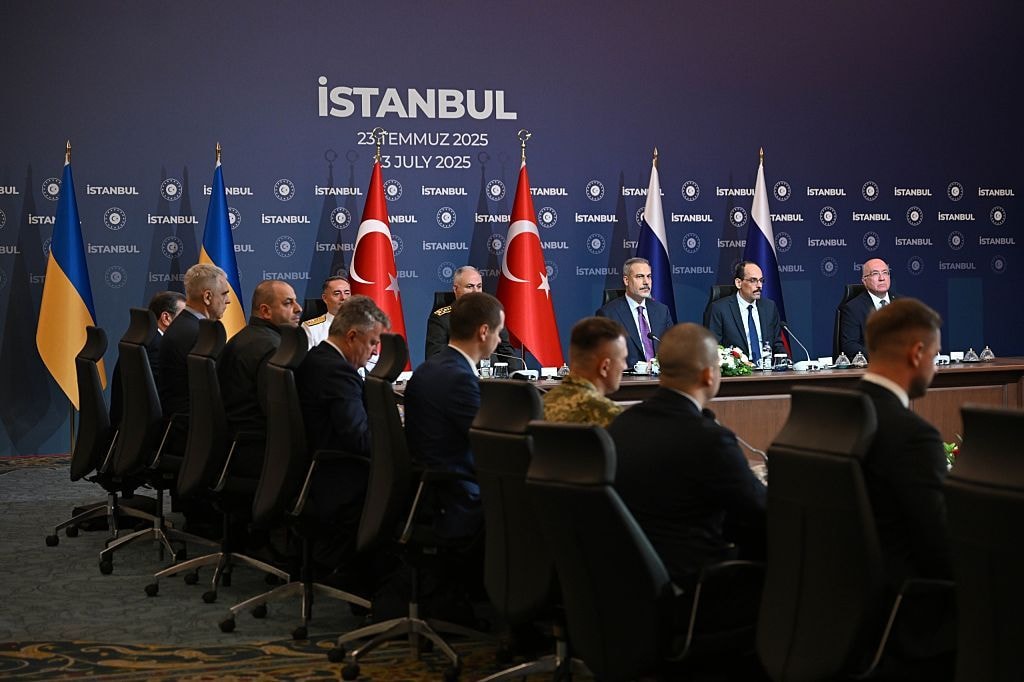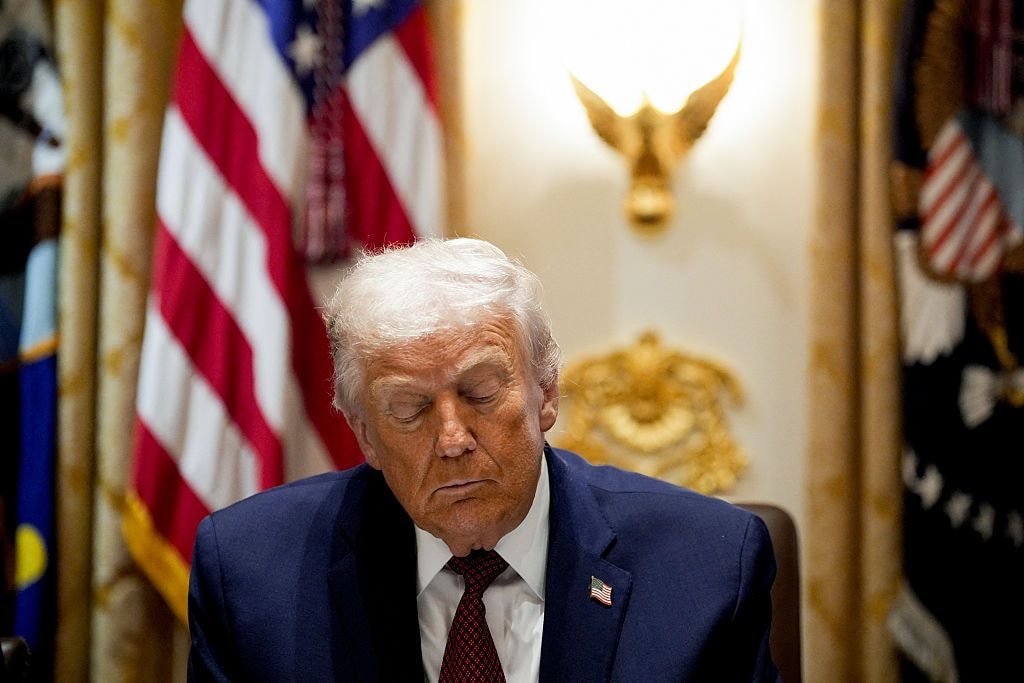
Ukraine's new drone strategy — cripple Moscow's airports, make Russian population 'pay'
Aeroflot Russian Airlines and Rossiya Airlines aircraft are seen at Moscow-Sheremetyevo International Airport in Moscow, Russia, on Sept. 16, 2021. (Leonid Faerberg / SOPA Images / LightRocket via Getty Images)
Hundreds of Ukrainian kamikaze drones have flown towards Moscow in recent weeks.
None appear to have even reached the Russian capital, yet the effect on the city — and the wider country — has been hugely significant.
Ukrainian drones have forced at least 217 temporary airport closures across Russia since Jan. 1, independent Russian outlet Novaya Gazeta Europe reported on May 14, citing data from Russia's state aviation agency Rosaviatsia.
The figure already surpasses the combined total for all of 2023 and 2024, underscoring Kyiv's growing ability to put pressure on Russia, even in areas far from the border with Ukraine.
According to Serhii Bratchuk, spokesperson for the Ukrainian Defense Army's Southern Division, the surge in disruptions reflects a strategic shift in Ukraine's drone campaign.
"Moscow is the biggest aviation hub in the Russian Federation — flights go everywhere, not only across Russia, but worldwide," he told the Kyiv Independent.
"This is about the potential disintegration of Russian regions and the weakening of internal control."
Surge in drones targeting Moscow
Three nights of Ukrainian drone raids before Russia's Victory Day on May 9 forced Rosaviatsia to order temporary flight restrictions that disrupted travel plans for at least 60,000 passengers, according to the Association of Tour Operators of Russia.
Just shy of two weeks of calm have been followed by another wave. The Russian Defense Ministry claimed that 485 Ukrainian drones had been downed over the past three days, from May 20 to May 22, including 63 over Moscow Oblast.
Overnight on May 23 the attacks continued, with Moscow's Vnukovo, Domodedovo, and Zhukovsky airports forced to suspend operations due to six drones that were "flying toward Moscow," the city's mayor, Sergei Sobyanin, claimed.
"Aviation is not a cheap industry, and losses are incurred — by airports, by airlines — and it also has a psychological effect on passengers and cargo clients."
"The priority direction is clear — Moscow and the surrounding regions," Bratchuk said.
Bratchuk highlights that due to Russia's vast geography, air travel is essential for maintaining connectivity, and disruptions in aviation could increase the risk of regional disintegration and public unrest.

"These disruptions are not accidental. They are part of a pressure campaign against logistics, air defense systems, and public morale," he said.
"The Russian population has to pay for this war. Sleeping in tents at the airport is not the highest price, but it does affect morale."
Bratchuk also claims there is an economic cost to Russia in having to constantly close its airports.
"Aviation is not a cheap industry, and losses are incurred by airports, by airlines — but it also has a psychological effect on passengers and cargo clients," he said.

The economic damage
But experts who spoke to the Kyiv Independent said the immediate economic costs for Russia likely remain manageable, suggesting the campaign's primary objective is not to disrupt the economy.
"The economic impact is visible at the level of individual airlines... but the losses are minor," Sergei Aleksashenko, a U.S.-based Russian economist, said.
Fellow economist Andrei Movchan was even more skeptical of the financial impact of the campaign
"I don't think there are any economic considerations at all," he said.
While the economic fallout may be limited for now, Ukraine's drone campaign is also intended to serve a military purpose beyond financial disruption, Bratchuk said, saying the tactic also forces Russian air defense systems into a constant state of alert.
"Even the smallest aerial target must trigger a full air defense response," Bratchuk said. "That's how the system works — for us, for Russia, and for any country."

Russia's layered defense network is already under visible strain from Ukraine's now years-long campaign targeting Russian oil production in an attempt to deprive the Kremlin of money to fund its full-scale invasion, as well as military targets like ammunition dumps.
Targeting Moscow and the surrounding oblast with increasing numbers of drones could spread Russia’s air defenses even thinner.
With Russia's air defense units forced to react to every aerial threat, Kyiv appears to be testing the limits of the Kremlin's ability to protect its own territory — a tactic that could lay the groundwork for future strikes with greater precision and deeper penetration.
"Maybe this is one element that would enable our combat drones to strike more effectively at military targets," Bratchuk said. "As for military targets, strikes will continue to hit military-industrial sites in Russia.
That's the only strategy. But the priorities now are somewhat different," Bratchuk concluded.
Hi, this is Tim. Thank you for reading this article. The Kyiv Independent doesn't have a wealthy owner or a paywall. Instead, we rely on readers like you to keep our journalism funded. We're now aiming to grow our community to 20,000 members — if you liked this article, consider joining our community today.


